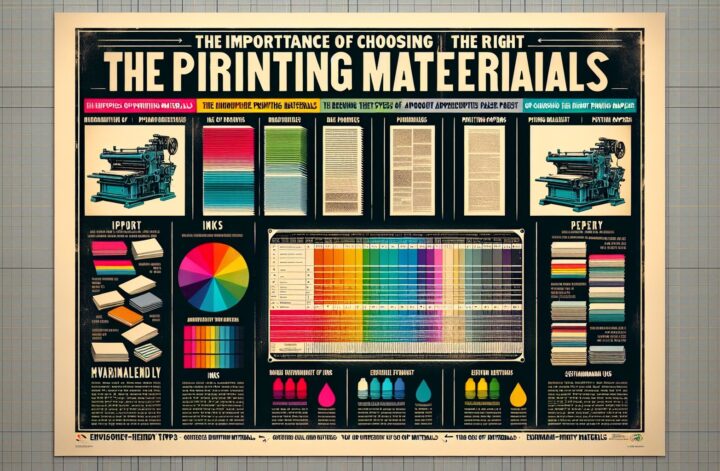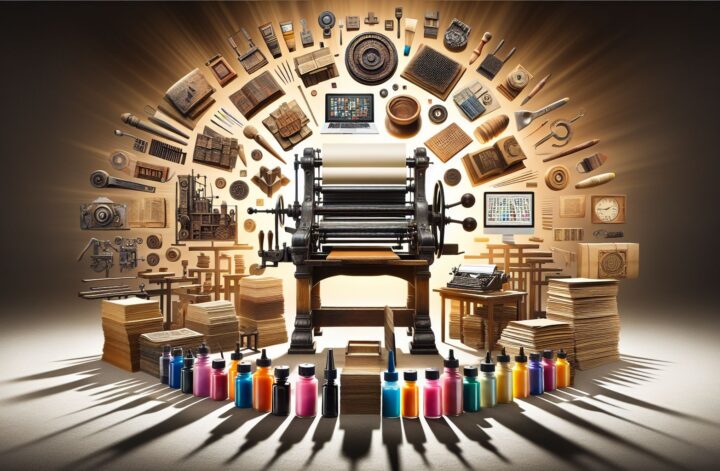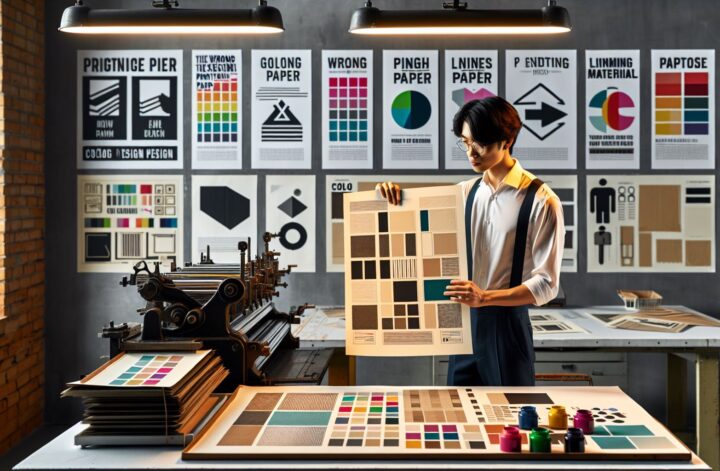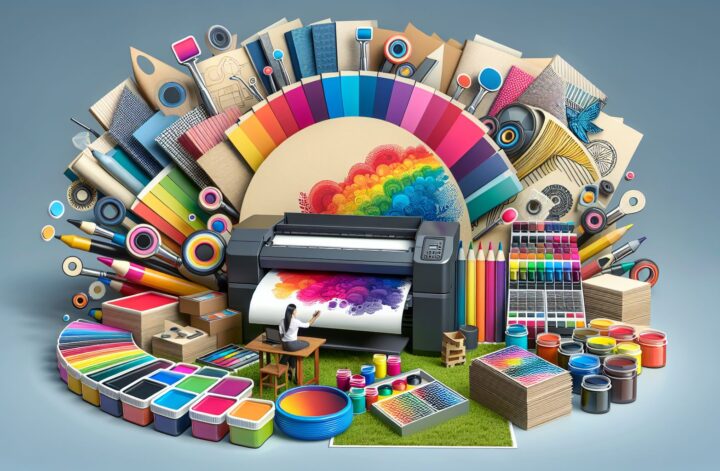In the world of printing, the materials you choose can make a significant impact on the final result of your project. Whether you are printing flyers for an event, business cards for networking, or posters for advertising, selecting the right materials is crucial for achieving the desired outcome. In this blog post, we will discuss the importance of choosing the right printing materials and provide some tips on how to make the best decision for your printing needs.
Introduction to Printing Materials
Printing materials can vary greatly depending on the type of printing you are doing and the desired outcome of your project. Some common printing materials include paper, cardstock, vinyl, and fabric. Each material has its own unique characteristics and benefits, so it’s important to understand the differences between them before making a decision.
Paper is one of the most common printing materials and comes in a variety of weights, colors, and finishes. Standard copy paper is lightweight and ideal for everyday printing needs such as documents and letters. Cardstock, on the other hand, is a heavier weight paper that is often used for business cards, invitations, and marketing materials. It is more durable and provides a higher quality finish than standard paper.
Vinyl is a durable and waterproof material that is commonly used for banners, signs, and decals. It can withstand outdoor elements and is ideal for long-lasting applications. Fabric is another popular printing material that is often used for flags, banners, and trade show displays. It is lightweight, portable, and can be easily customized with vibrant colors and graphics.
The Importance of Choosing the Right Printing Materials
Choosing the right printing materials is important for several reasons. First, the quality of the materials you choose can directly impact the overall look and feel of your printed materials. High-quality materials will produce crisp, vibrant colors and sharp images, while lower quality materials may result in dull, faded, or blurry prints.
Second, the durability of the materials you choose is crucial, especially for items that will be used outdoors or in high-traffic areas. Vinyl and fabric materials are ideal for outdoor applications because they are weather-resistant and long-lasting. Choosing the right materials will ensure that your prints can withstand the elements and remain intact for extended periods of time.
Third, the type of printing materials you choose can also impact the cost of your project. While high-quality materials may be more expensive upfront, they can save you money in the long run by reducing the need for reprints or replacements. Investing in quality materials from the start can result in higher-quality prints that make a lasting impression on your audience.
Tips for Choosing the Right Printing Materials
When selecting printing materials for your project, there are several factors to consider to ensure you make the best decision. Here are some tips to help you choose the right materials for your printing needs:
-
Consider the purpose of your prints: Are you creating promotional materials for a trade show, business cards for networking, or banners for an outdoor event? The purpose of your prints will help determine the best materials to use.
-
Think about the environment: Will your prints be used indoors or outdoors? If your prints will be exposed to the elements, it’s important to choose durable materials that can withstand weather conditions such as rain, wind, and sun exposure.
-
Determine your budget: While high-quality materials may be more expensive, they can save you money in the long run by reducing the need for reprints or replacements. Consider your budget and the long-term value of investing in quality materials.
-
Test different materials: If you’re unsure about which materials to choose, consider testing a few samples before committing to a large print run. This will give you an idea of how different materials look and feel in person.
-
Consult with a printing professional: If you’re still unsure about which materials to choose, consult with a printing professional who can provide guidance based on your specific needs and preferences.
Conclusion
Choosing the right printing materials is a crucial step in achieving the desired outcome for your project. Whether you are printing flyers, business cards, banners, or signs, selecting high-quality materials that are durable, vibrant, and cost-effective can make a significant impact on the success of your prints. By considering the purpose of your prints, the environmental conditions they will be exposed to, your budget, and testing different materials, you can make an informed decision that will result in high-quality prints that make a lasting impression on your audience.










